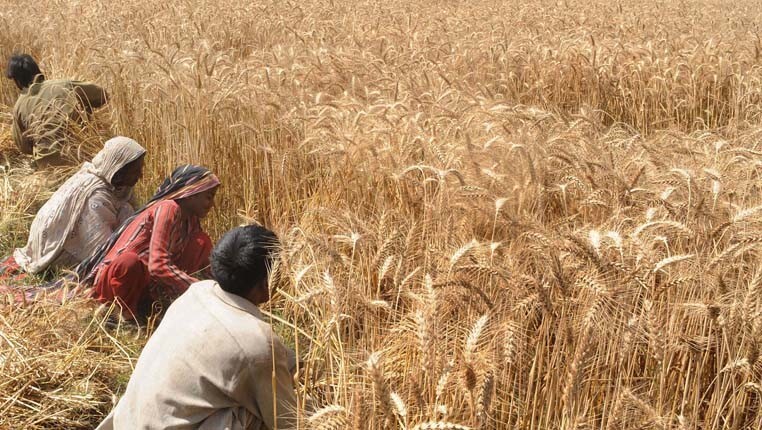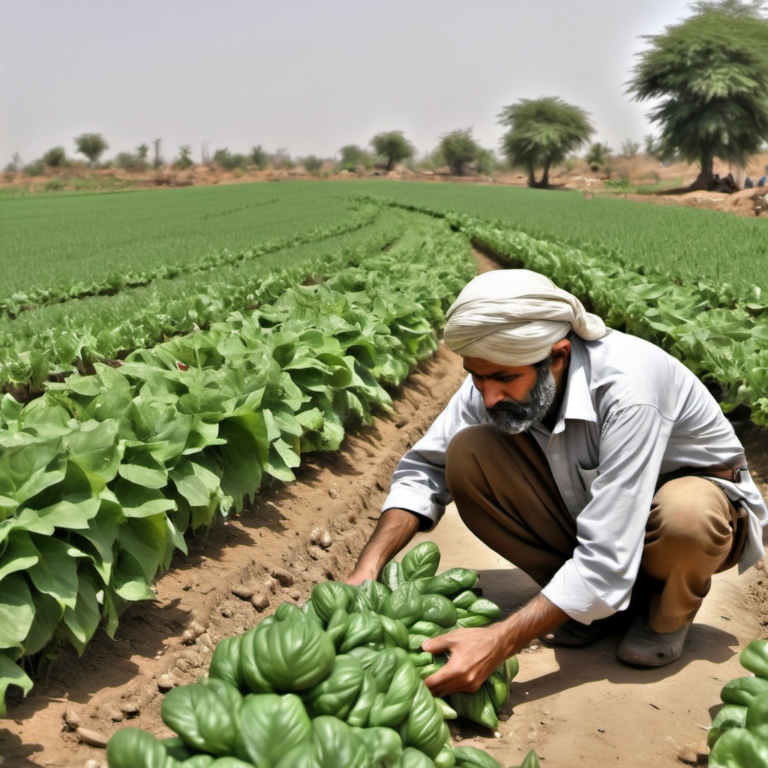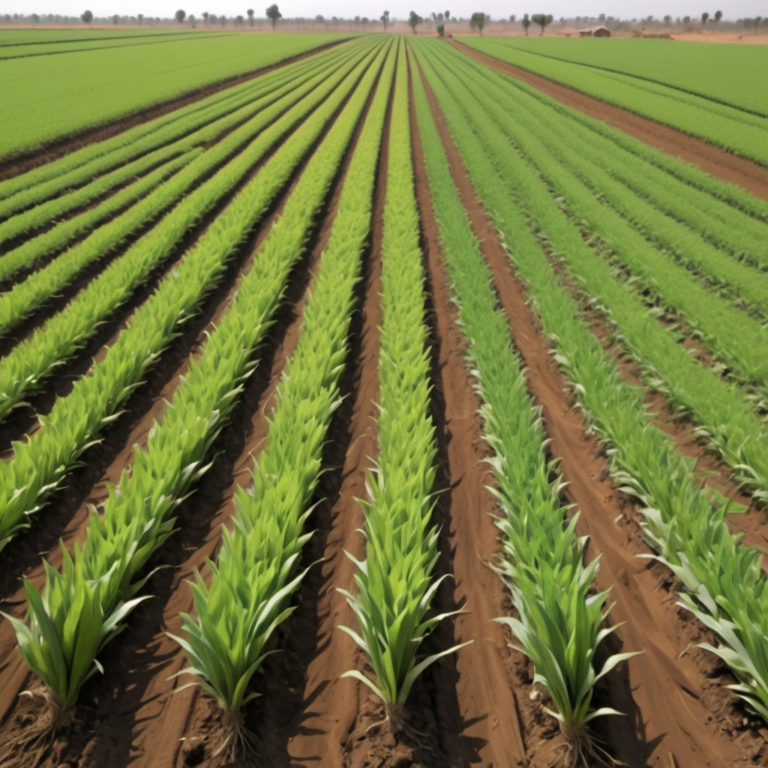Sustainable Soil Management for Improved Crop Production
Sustainable soil management is the cornerstone of modern agriculture, offering a balanced approach to maintain soil health while maximizing crop production. As global demand for food increases, sustainable practices that improve soil fertility, prevent degradation, and enhance biodiversity are crucial. This approach not only secures food for the present but ensures that future generations have access to productive land.
Understanding Soil Health
Soil is a living ecosystem, teeming with microorganisms, nutrients, organic matter, and minerals that are vital for plant growth. Healthy soil allows plants to access the nutrients, water, and air they need. However, conventional farming methods, such as the overuse of chemical fertilizers, monocropping, and excessive tillage, have led to the depletion of essential nutrients, erosion, and reduced organic matter. These practices degrade soil structure, harm biodiversity, and make the land less resilient to environmental stresses, such as droughts and floods.
Sustainable soil management aims to reverse these damaging trends by fostering long-term soil fertility and health. This involves practices that promote soil conservation, maintain nutrient cycles, and improve the biological activity of the soil.
Key Practices for Sustainable Soil Management
- Conservation Tillage
Tillage is the process of preparing soil for planting by mechanically disturbing it. However, excessive tillage can cause erosion and disrupt soil structure. Conservation tillage techniques, such as no-till or reduced tillage, minimize soil disruption and help retain organic matter and moisture. This method encourages the natural biological processes in the soil to thrive, reducing erosion and promoting better water retention. - Crop Rotation and Diversification
Monocropping, or planting the same crop season after season, exhausts the soil of specific nutrients and increases vulnerability to pests and diseases. Crop rotation, on the other hand, alternates different crops, each with varying nutrient requirements and pest resistance. Diversifying crops with legumes, cereals, and vegetables not only improves soil fertility by adding nitrogen but also breaks pest and disease cycles. - Cover Crops
Cover crops, such as clover or rye, are grown to protect and enrich the soil when primary crops are not in season. These crops prevent soil erosion, suppress weeds, and add organic matter to the soil when they decompose. Cover crops also help fix nitrogen in the soil, reducing the need for chemical fertilizers and boosting nutrient availability for the next planting season. - Organic Amendments and Composting
Adding organic matter, such as compost or manure, improves soil structure, water retention, and nutrient availability. Organic matter is a key component in healthy soil ecosystems as it supports microorganisms that decompose plant material and recycle nutrients. Regular applications of organic amendments help increase soil fertility over time and enhance the natural carbon cycle, contributing to climate resilience. - Integrated Nutrient Management (INM)
Sustainable soil management advocates for an integrated approach to nutrient management, combining organic and inorganic fertilizers in a balanced way. INM focuses on replenishing soil nutrients through natural processes while reducing dependency on synthetic fertilizers. This not only lowers costs for farmers but also minimizes environmental impacts, such as soil acidification or water contamination caused by chemical runoff. - Water Conservation Techniques
Efficient water management is essential in sustainable soil management. Practices such as drip irrigation and mulching help reduce water loss and improve moisture retention in the soil. These methods promote deeper root growth, making plants more drought-tolerant and improving crop yields.
Benefits of Sustainable Soil Management
Adopting sustainable soil management practices leads to improved soil fertility, better crop yields, and enhanced resilience to environmental challenges. Healthier soil supports a wider range of beneficial organisms, from earthworms to nitrogen-fixing bacteria, which play a vital role in maintaining the nutrient cycle. Additionally, sustainable practices reduce the need for chemical inputs, lowering farming costs and minimizing environmental pollution.
Moreover, healthy soils act as a carbon sink, storing organic carbon and helping mitigate climate change. By increasing organic matter in the soil, sustainable soil management practices contribute to carbon sequestration, making them an important part of the global fight against climate change.
Sustainable soil management is essential for improving crop production in a way that safeguards the environment and ensures long-term agricultural productivity. By focusing on practices that enhance soil health, conserve resources, and promote biodiversity, farmers can achieve higher yields while protecting the land for future generations. Transitioning to sustainable methods is not only beneficial for food security but also plays a critical role in building a resilient agricultural system.







